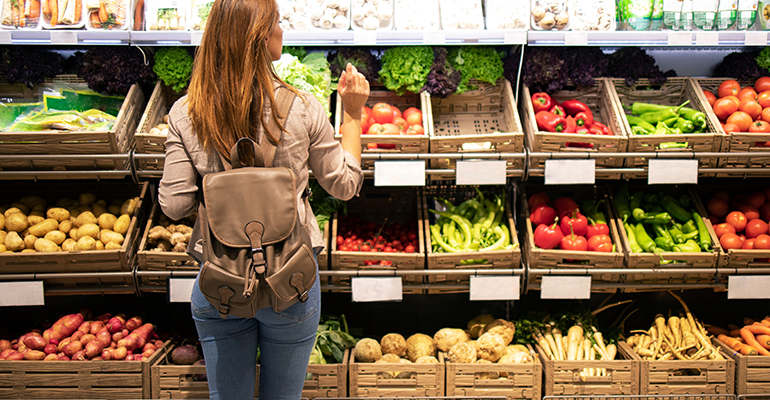News
How widespread are pesticide residues on fresh fruit & vegetables?
22 Apr 2022
Following the release of the Environmental Working Group’s (EWG) annual “Dirty Dozen” list of pesticides in produce for 2022, The Alliance for Food and Farming (AFF) responds with their own research on the safety of everyday consumer products, calling for consumers to “ignore the ‘Dirty Dozen list”.
The Environmental Working Group (EWG) recently published its 2022 Shopper’s Guide to Pesticides in Produce, detailing its annual ‘Dirty Dozen’ list for 2022. The non-profit organisation's Dirty Dozen list is designed to provide a concise consumer reference point of the fruits and vegetables with the highest pesticide residues and therefore most contamination, the EWG says.

However, non-profit organisation, The Alliance for Food and Farming, which notes it works to support consumer choice when shopping for produce and encourages them to purchase the fruits and vegetables they enjoy and is affordable and accessible for themselves and their families, does not agree. “Despite significant criticism by the scientific and nutrition communities as well as continued declining interest from the media, the Environmental Working Group (EWG) persists in releasing its annual “dirty dozen” list,” the AFF says.
The Dirty Dozen 2022 list: Shopper’s Guide to Pesticides in Produce
In the 2022 Shopper’s Guide to Pesticides in Produce, the EWG lists the 12 types of produce with the most contamination, and therefore comprising its ‘Dirty Dozen’ list, as: strawberries; spinach; kale, collard and mustard greens; nectarines; apples; grapes, bell and hot peppers; cherries; peaches; pears; celery; and tomatoes.
According to the EWG’s analysis of US data, out of the 46 items of produce analysed by the organisation, its ‘Dirty Dozen’ foods exhibited contamination from more pesticides than other crops, the EWG details.
However, AFF is calling for consumers to “embrace healthy eating” and “ignore the ‘Dirty Dozen” list. “Ongoing and nationally representative government sampling programs consistently find that over 99% of foods sampled had residues well below Environmental Protection Agency safety standards, with a third having no residues present at all,” says Teresa Thorne, Executive Director of Alliance for Food and Farming (AFF).
The impact of pesticides and chemical residues on consumer health
According to the US Department of Agriculture’s Pesticide Data Program, the data results show that residues “pose no safety concern” and “consumers can feel confident about eating a diet that is rich in fresh fruits and vegetables”.
“Consumers are discouraged from using the so-called “dirty dozen” list when shopping for produce,” says Thorne. Peer reviewed research found, Thorne continued, that the list’s recommendations to substitute organic forms of produce for conventionally grown does not result in any decrease in risk because residues are so low, if present at all, on conventionally grown.
Further, peer review research has concluded that this list discourages consumption of these nutrient-dense foods because it raises unwarranted safety fears, Thorne continues. When exposed to ‘Dirty Dozen’ list messaging, low-income consumers stated they were less likely to purchase any produce—organic or conventionally grown, Thorne says.
“Scientifically unsupportable along with its negative impact on consumers is why more people are ignoring the “dirty dozen” list and instead following the advice of health and nutrition experts to eat more organic and conventionally grown produce every day,” says Thorne. “Decades of nutrition studies have shown a diet rich in fruits and vegetables prevents diseases, improves immunity and cognition and increases lifespan,” Thorne adds.
Consumers who remain concerned about residues should follow the advice of the Federal Food and Drug Administration (FDA) and wash their produce, Thorne says. By following the FDA’s proper handling and rinsing practices, Thorne notes, consumers can minimise or eliminate pesticide residues, dirt and bacteria, if they are present.
